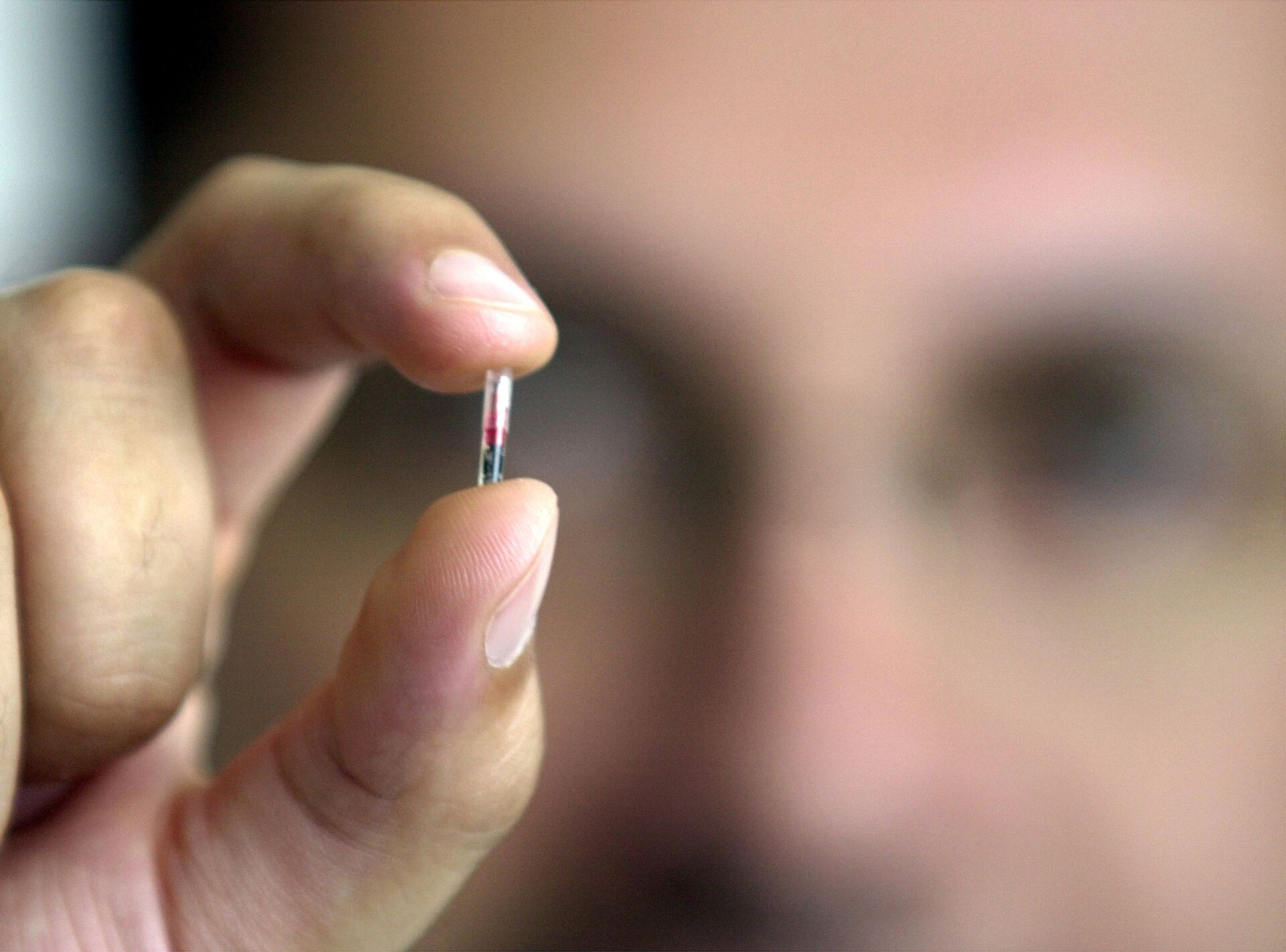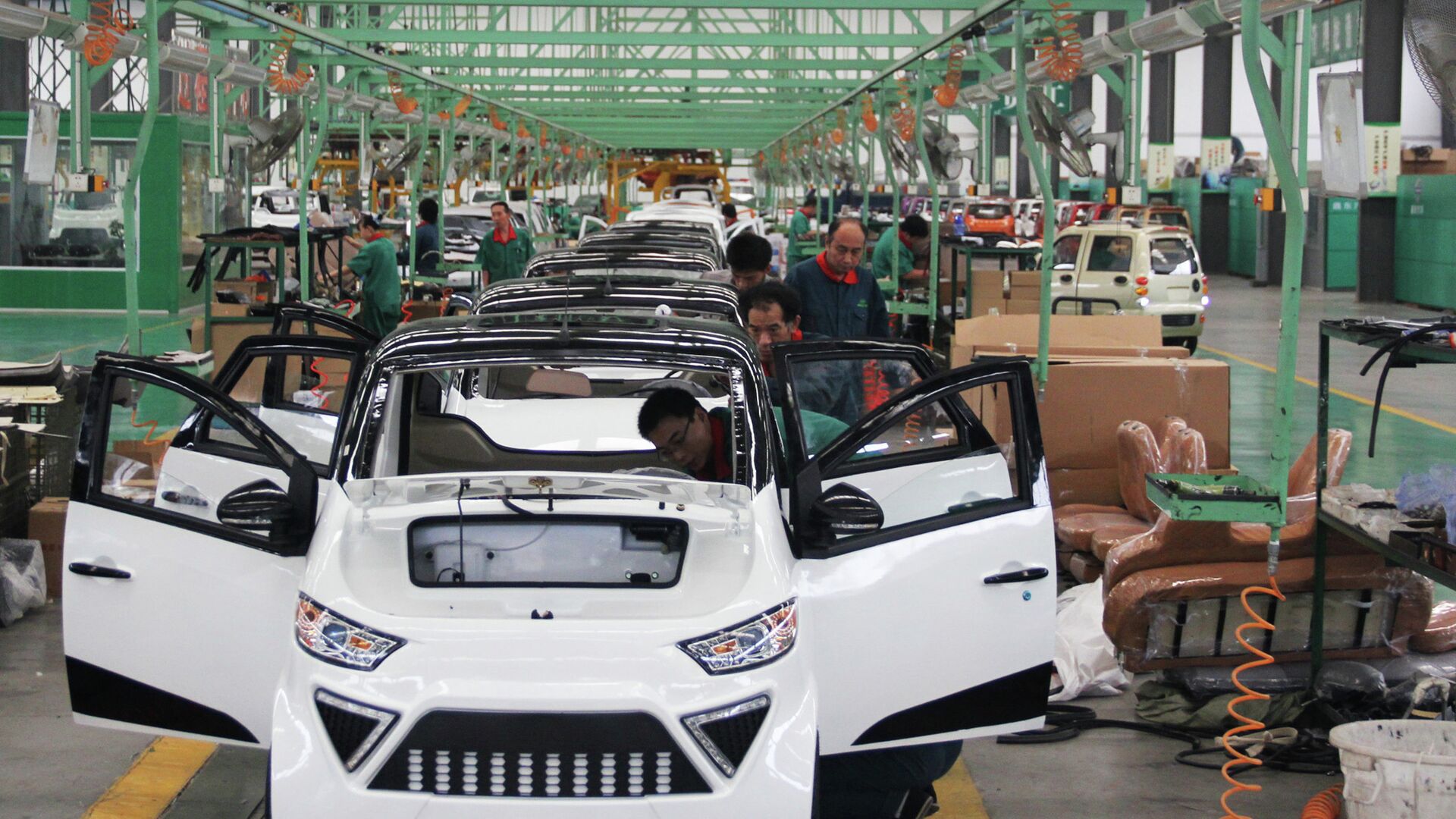China’s automotive exports more than doubled in the first half of 2021 despite a global shortage in semiconductors necessary for car computers, thanks to the country’s early reopening after COVID-19 lockdowns, experts announced on Wednesday.
According to data from the China Passenger Car Association (CPCA), exports by automobile manufacturers on mainland China increased by 103% between January and May 2021, as compared to the year prior, shipping a total of 760,000 cars. The comparison period reflects the worst COVID-19 lockdown period for China, but the increase this year is remarkable in that it comes as other carmakers grapple with halted production lines.
“A lack of automotive chips around the world indeed benefited Chinese companies,” CPCA secretary general Cui Dongshu told the South China Morning Post. “The disease outbreak abroad has yet to be controlled and there remains growth potential for Chinese carmakers to tap.”
After the mass outbreak of COVID-19 in China’s Hubei Province in late 2019 and early 2020, Beijing implemented a near-total lockdown, sending millions of residents home for weeks and bringing travel to a halt. Because of the lockdown’s thoroughness, the virus’ spread was totally broken and the country was able to gradually reopen its society and economy after several weeks of closure, bringing production, trade and consumption roaring back by the middle of the year. However, few nations implemented as thorough a lockdown as China, allowing the virus to continue spreading and infect millions, keeping partial lockdowns in place for more than a year.

Peter Chen, an engineer with the car component company ZF TRW in Shanghai, told SCMP that Chinese automakers had beaten the rush by placing their semiconductor orders in early 2020 as China’s COVID-19 lockdowns began to end, giving them a decisive advantage in the rush for what has become a necessary part of modern car manufacturing.
“They have been ahead of foreign car plants in securing supplies of the much-needed chips,” Chen said.
Globally, the automaking industry is expected to produce 3.9 million less units in 2021 thanks to the shortage, according to an estimate by consulting firm AlixPartners last month. That amounts to $110 billion in lost revenue.
Many major manufacturers, like Ford, General Motors and Hyundai, have shuttered some of their factories or halted production lines on certain models due to the shortage.
The devices themselves are not expensive, costing between $1 and $100, but the average automobile rolling off the production line has 1,400 chips in it, creating a bottleneck.
The shortage has come about thanks to a variety of factors, nearly all of which stem from the COVID-19 pandemic. Lockdowns redacted chip output at a time that demand for them was increasing massively - not in cars, but in the electronic devices billions of people rushed to purchase so they could access their work, education and entertainment remotely from the safety of their homes in lieu of in-person gathering that could spread the virus.
Most of the globe’s microchip foundries are in China and Taiwan, so trade interruptions due to lockdowns interrupted buyers’ access to raw materials as well as finished products, and US blacklisting of Chinese firms like the Shanghai-based Semiconductor Manufacturing International Corporation (SMIC) - China’s largest foundry - has blocked US carmakers in particular from accessing a major microchip source.

To compensate for this vulnerability, US President Joe Biden declared it a “national security issue” earlier this year and on Tuesday, Congress passed a bill backed by Biden that would funnel $200 billion into supporting US tech competition with Chinese firms, including $53 billion for the US semiconductor manufacturing industry.
However, despite its advantages, the chip shortage hasn’t left China’s automakers unscathed, either. Car output fell by 4% in May 2021 as compared to May 2020, after having increased by 6.8% in April 2021.
Overall, Chinese industrial production rose by 8.8% in May 2021 over last year, which was also slower than the 9.8% increase in April. The slowdown has been blamed in part on local lockdowns in the cities of the Pearl River Delta, the center of China’s tech industry.
"This is a normal cyclical slowdown after an economic recovery. In a nutshell, we can see the economic rebound is peaking," Hao Zhou, senior EM economist Asia, Commerzbank, told Reuters earlier this month. "The extent of the slowdown in the second half is key. So far, it's still normal and there's still room for the fiscal policy to play a part later in the year."


